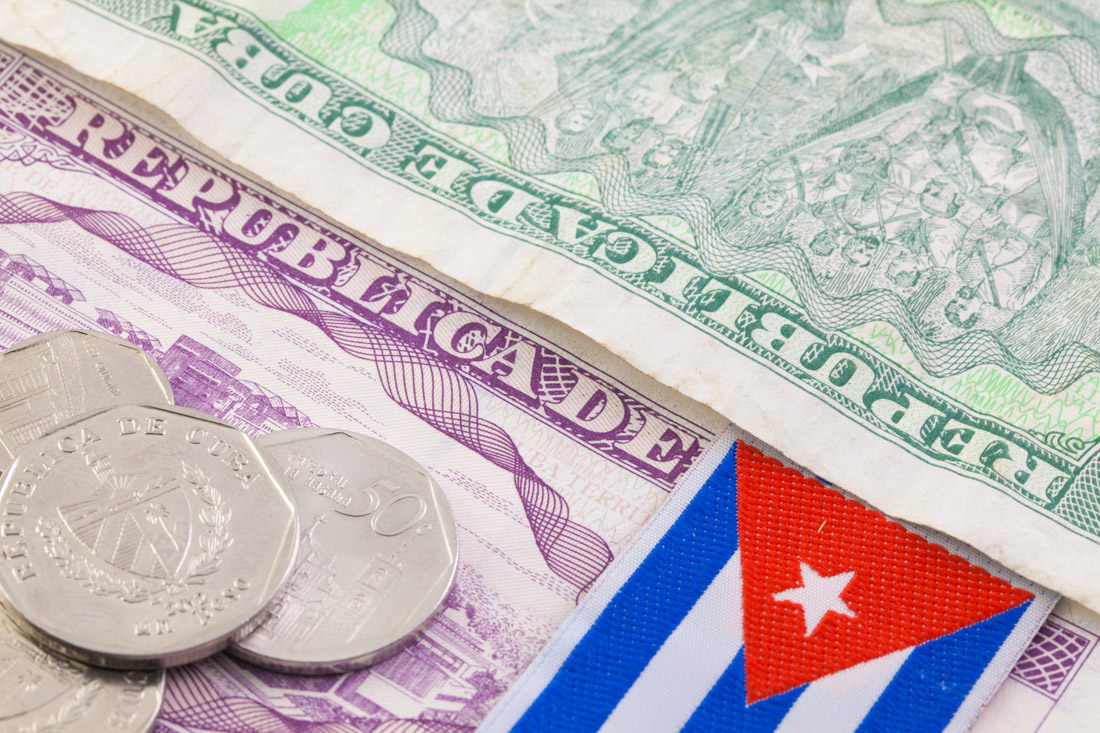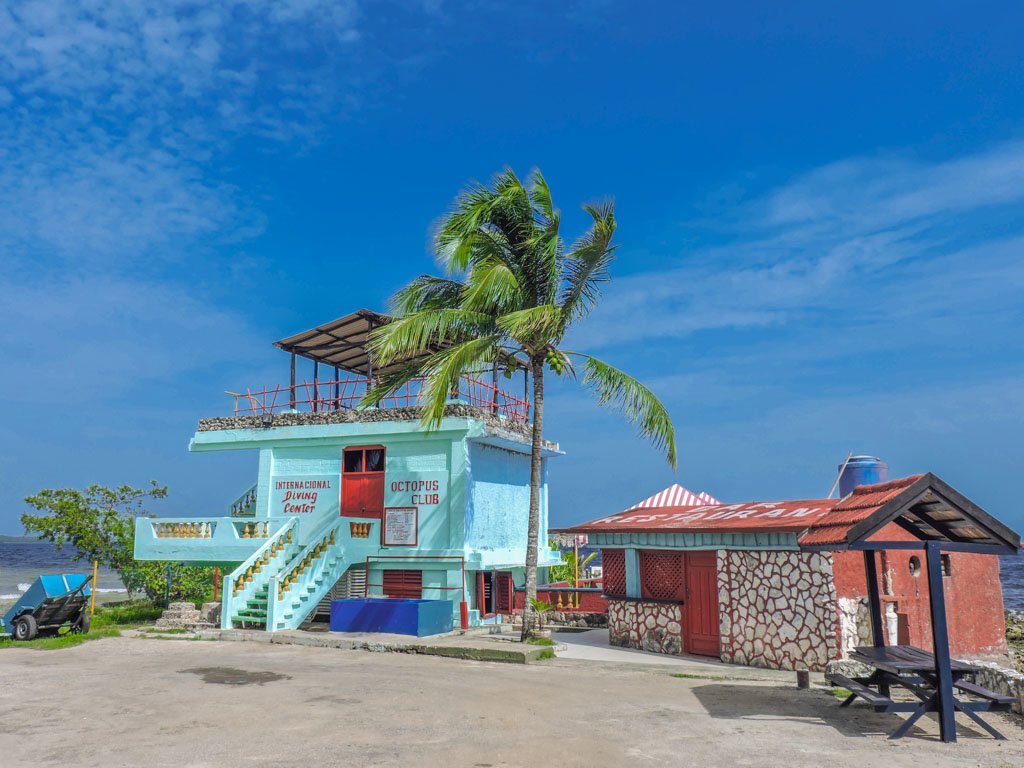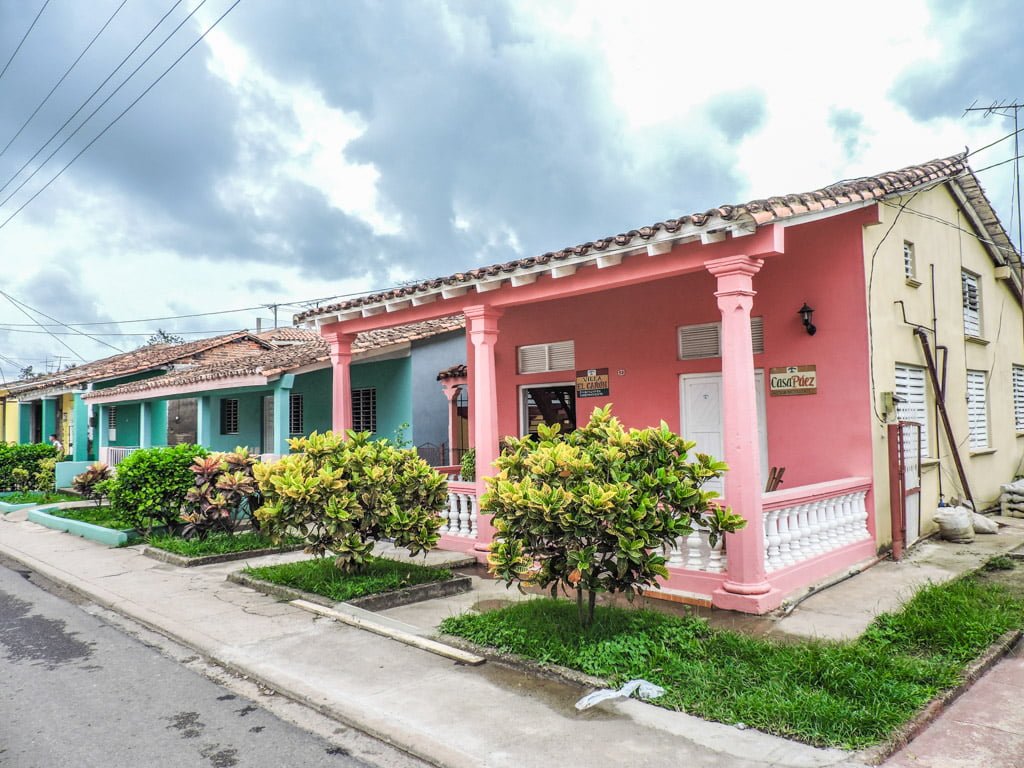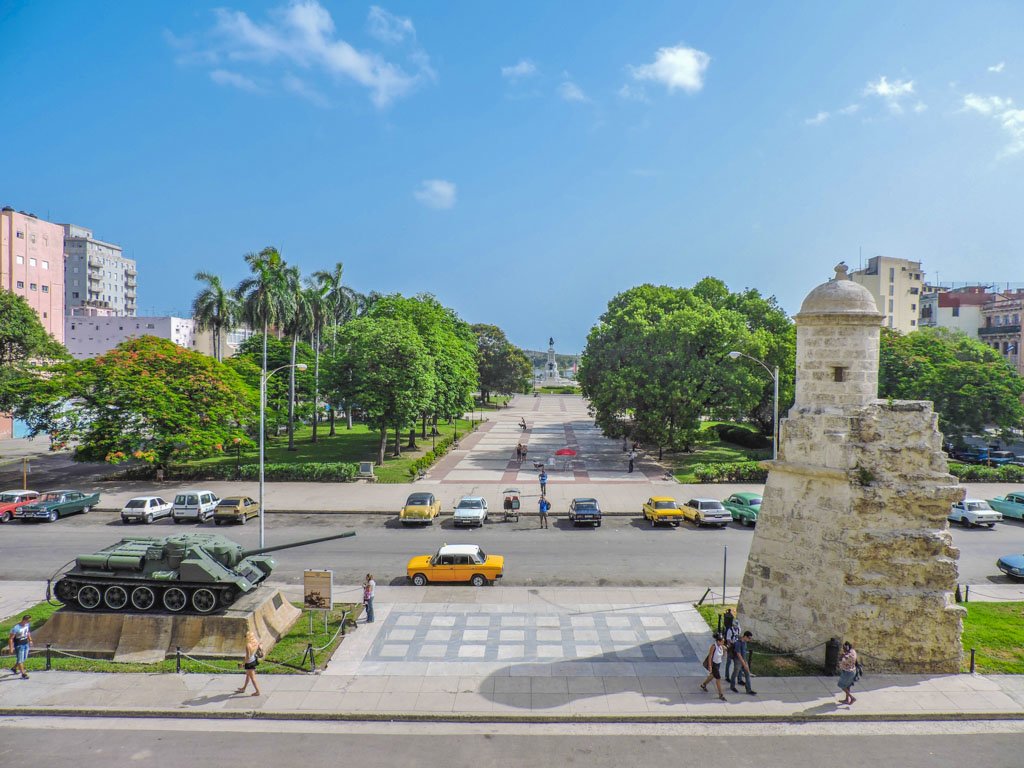Cuba’s currency has changed – locals and tourists say goodbye to the so-called dual currency system and hello to the reactivation of the historic national currency, the Cuban peso (CUP). However, visitors are reporting that you might not actually use any pesos while visiting Cuba. This guide will detail everything you need to know about […]
Category Archives: Cuba
Ridiculously useful Cuba travel guides, itineraries, packing lists, tours and day trips.
Affordable, accessible and unusual. There are many reasons that scuba diving in Cuba is recommended for experienced and new divers. This guide looks at four popular diving spots in Cuba including the historic Bay of Pigs, the freshwater hole at Cueva de Los Peces, postcard-perfect Playa Ancon near Trinidad and Guardalavaca near Holguin. As well […]
Me casa, su casa, as they say in… every country but especially in Cuba. Staying with locals is part of the Cuba travel experience and the types of accommodation that you book are called casa particular or casas particulares (plural). Stay with Cubans for an authentic while supporting the community and saving some of your […]
Havana Travel Guides Fiesta! Welcome to Havana. An explosion of music, smiles, crumbling buildings – that sums up Cuba’s capital. Havana is split into two areas: La Habana Vieja (Old Havana) and Vedado. Most of the tourist attractions, such as Museo de la Revolución, Capitolio, and the many plazas, are situated in Old Havana, but there […]
Is Cuba safe to travel? Yes, it is actually one of the safest countries in the world when measuring crime figures. However, years of financial oppression has resulted in the creation of crafty ways of making money, some aimed at tourists. While you may experience some of the following Cuba scams, they will be delivered […]





